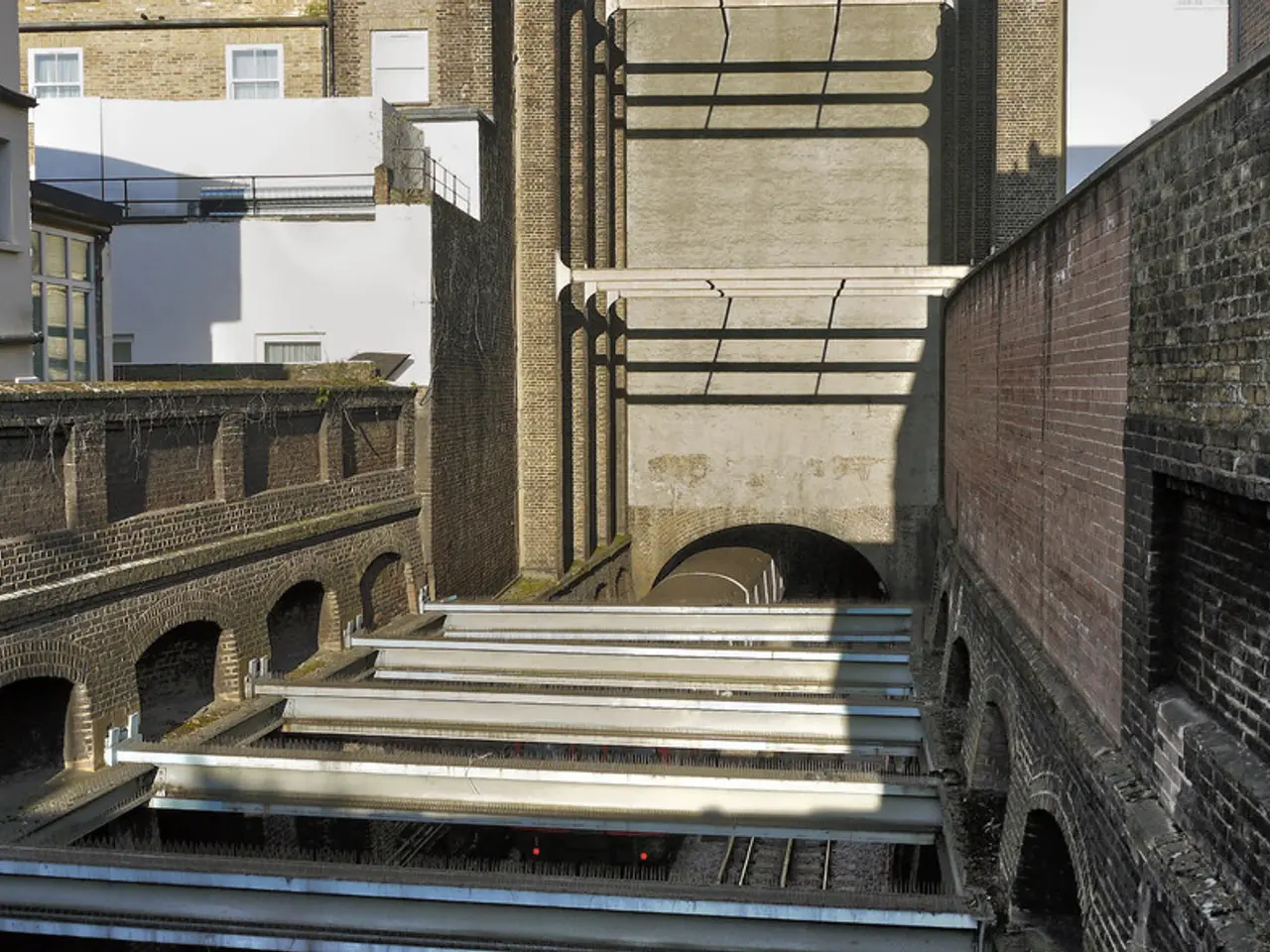Soon, the go-ahead signal will be in place
The Deutsche Bahn (DB) is embarking on a significant project to modernise the railway line between Augsburg and Ulm, aiming to shorten the travel time for ICE trains and improve regional traffic. This project is part of the broader Stuttgart–Ulm railway project, which includes Stuttgart 21 and the high-speed line Wendlingen–Ulm.
The planned parliamentary involvement for this project is scheduled for autumn 2025. DB started the detailed planning process for the new construction project in 2019, with initial steps involving design planning and planning approval procedures. However, the project's start date, duration, and cost remain uncertain even after Bundestag approval.
The route for the new high-speed line largely follows the course of the A8 motorway, making it a convenient and efficient connection between major southern German cities. This route is one of the most heavily used in southern Germany, and the expansion aims to reduce the ICE travel time between Augsburg and Ulm from over 40 to 26 minutes.
Several different route options were examined before settling on the current plan. The existing approximately 85-kilometer-long railway line is around 170 years old, making this modernisation a much-needed update.
The cost estimate for the new high-speed line is around 5.5 billion euros, but this is not the final investment volume. Inflation and precise types of construction have not been taken into account in the current cost estimate, and adjustments in the coming planning may affect the costs.
DB is also planning the modernization of the existing line, which will retain its importance for regional traffic. The project is part of the general renovation of important railway lines in Germany, which is to be completed by the year 2036.
Subsequent detailed planning will determine the construction work organisation and execution. A more precise construction time prognosis is only possible shortly before the start of construction. Planning and approval processes account for two-thirds of the total project duration.
It's worth noting that DB has only planned the renovations up to 2027, and the Swabian section is not included yet. The route is part of the connection between Munich and Stuttgart, and the European backbone from Paris via Vienna to Budapest.
The project's exact completion date is still unclear, but the benefits it promises—improved travel times, modernised infrastructure, and enhanced regional traffic—make it an exciting development in Germany's railway network.
Read also:
- Understanding Hemorrhagic Gastroenteritis: Key Facts
- Trump's Policies: Tariffs, AI, Surveillance, and Possible Martial Law
- Expanded Community Health Involvement by CK Birla Hospitals, Jaipur, Maintained Through Consistent Outreach Programs Across Rajasthan
- Abdominal Fat Accumulation: Causes and Strategies for Reduction








